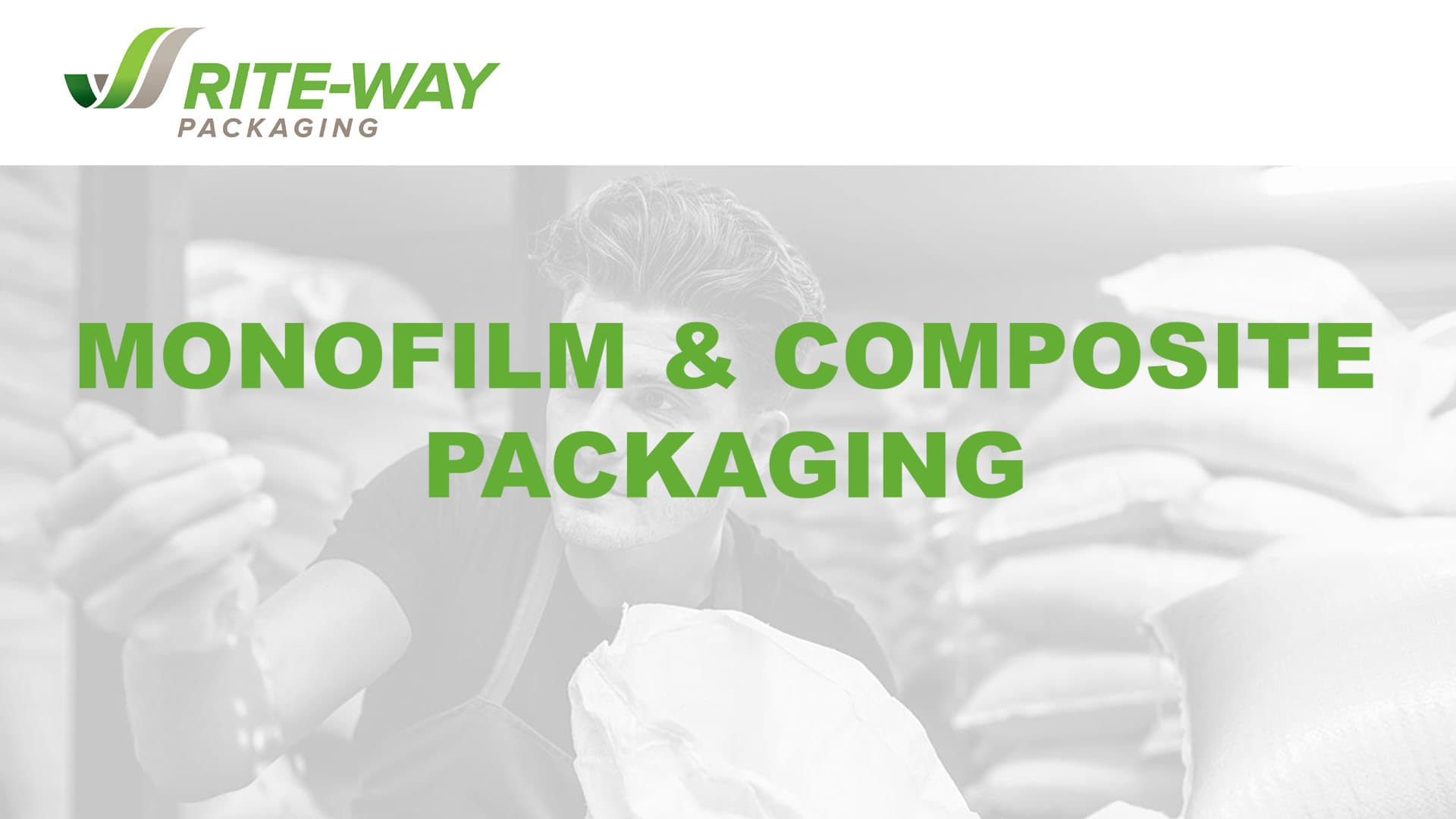
Monofilm and Composite Packaging – Types and Uses
Monofilm and Composite Packaging – Types and Uses
What’s the best packaging to use for greasy or abrasive material? Or what if you need an airtight seal to guarantee the quality of contents?
Monofilm bags are made from a single layer of plastic polyethylene film. Due to their highly flexible nature, they typically don’t have gussets. As a result, they provide great chemical resistance. They also offer an extremely air-tight package for greasy or abrasive material. Because of this, these bags are widely used for chemicals, soils, salt, fertilizers, and food products.
Composite plastic bags on the other hand feature several layers of plastic and metalized films. Hence, these materials require a heat seal. Because of this, composite plastic films provide an excellent print medium and their range of styles prove to have great commercial appeal. Due to these benefits, composite plastic bags are typically recommended for products that require high grease or gas barriers.
Monofilm Plastic Bag
- Recyclable
- Cost-effective
- Excellent printability
- Helps with de-airing due to its perforated end
Composite Plastic Stand-up Pouch
- Zipper allows reusability
- Thin seal sides
- Excellent print quality
- Includes bottom gusset (helps keep its shape)
Composite Plastic Block Bottom Pouch
- Heat-sealed end
- Optional windows to showcase contents
- Square bottom gusset provides rigidity
- Pocket zipper allows reusability
- Foil lining provides a moisture barrier
Large Format Composite Plastic Bag
- Case seal provides easy packaging
- Custom lining
- Excellent printability for branding
- Side gusset allows for de-airing when palletized
